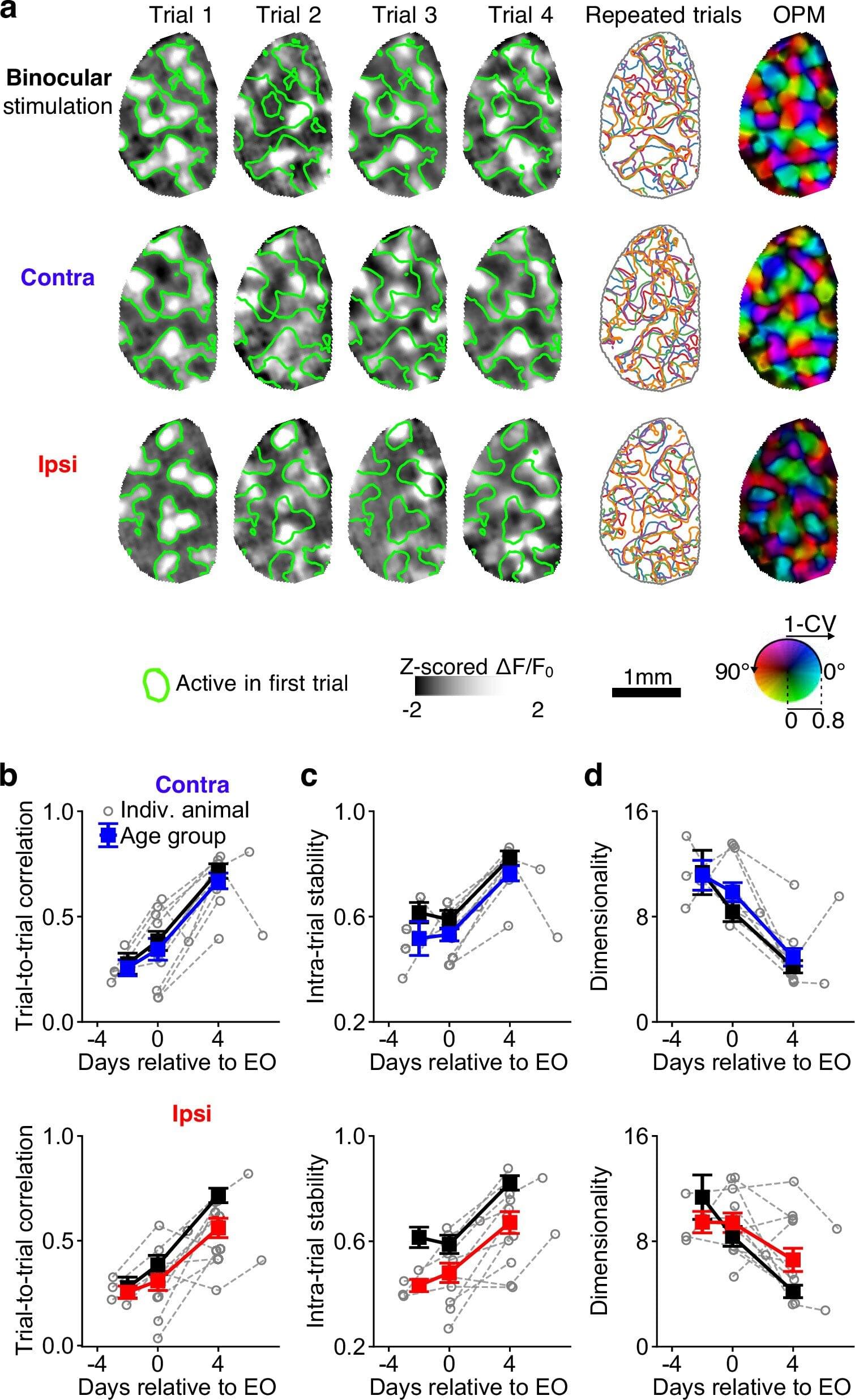Brain circuits are known to gradually form and develop after birth as the result of both innate biological processes and life experiences. Past studies suggest that the initial development of brain circuits spans across two different stages.
The first of these stages takes place before animals and humans start experiencing life. During this stage, the initial organization of cortical networks is established via internal (i.e., endogenous) mechanisms.
Following the formation of this initial organization, the second stage begins. This second phase entails the refinement of cortical networks over time in response to an animal or human’s individual life experiences.







